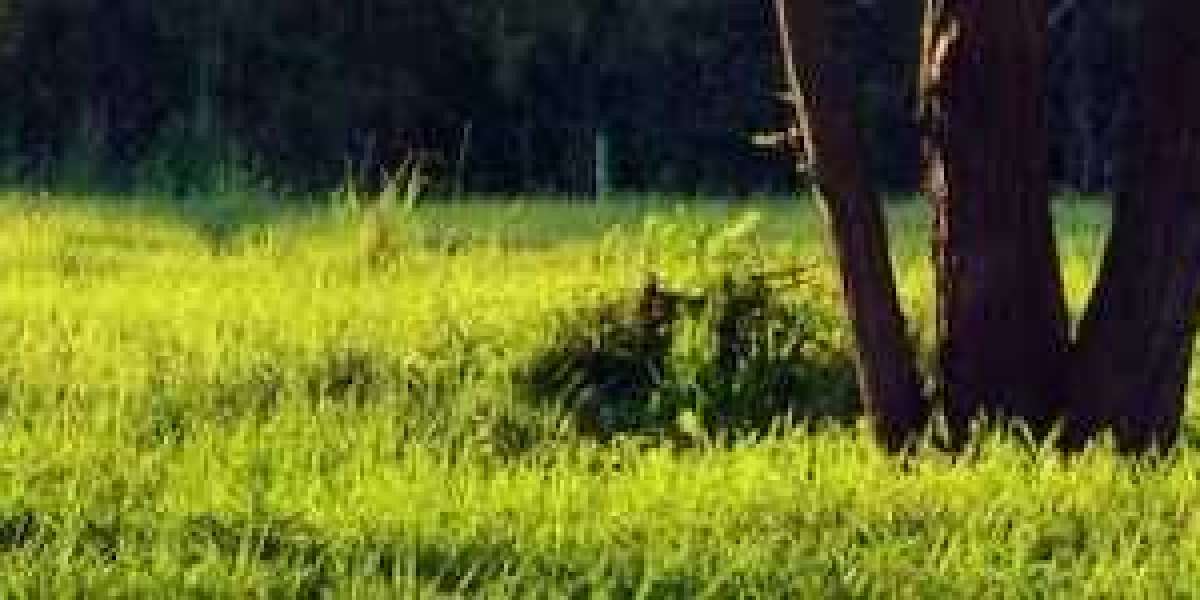1. Introduction
Ecosystems of temperate forests, recognized for their abundant biodiversity and ecological value, are essential to our planet. A wide variety of plant and animal species may be found in these forests, which together form intricate and linked communities that are shaped by human incursions and disturbances that create a niche where filtering instead of partitioning determines the structure of temperate forest ant colonies. The idea of niche filtering becomes apparent in these environments as a crucial factor in determining how ecological communities are structured.
The process through which organisms in a group interact with their surroundings to occupy particular ecological niches according to their needs and features is known as 'niche filtering.' This phenomena is important in deciding which ant species coexist and how distributed they are across different environments in temperate forest ant populations. Gaining knowledge about the mechanisms governing niche filtering in these ecosystems can help one better understand the variables impacting community diversity and composition.
In order to shed insight on how this ecological process affects community dynamics and structure, this blog post examines the effects of niche filtering on populations of temperate forest ants. We can learn more about the complex interactions that form these varied and intriguing ecosystems by exploring the ways in which ant species interact with their surroundings.
2. Understanding Niche Filtering
A key idea in ecology is niche filtering, which describes the process by which species with certain attributes are chosen to occupy particular ecological niches within an ecosystem. In determining species distributions and community composition, this filtering mechanism is essential. Niche filtering establishes which ant species may live in temperate forest ant communities by taking into account each species' particular adaptations and resource needs.
Different ant species have developed to fill specific niches or responsibilities within the ecosystem of temperate forests, such as ground feeders, leaf litter dwellers, or arboreal specialists. Because these niche preferences enable species to divide up available resources efficiently, they help prevent direct competition between them. Certain ant species, for instance, might be more adept at using specific food sources, like seeds or honeydew, than others, or they might concentrate on building their nests in particular microhabitats, such the soil or decaying wood.
In temperate forest habitats, niche filtering works through a variety of methods. These may involve elements including the availability of resources, rivalry, pressure from predators, and even microclimate conditions. Ant species are more likely to flourish and outcompete less suited competitors if they are better adapted to using particular resources or tolerating particular environmental conditions. As a result of this selection process, a community structure with distinct ecological niches occupied by each species eventually forms, adding to the overall stability and diversity of the ecosystem.
3. Impact on Ant Community Structure
The impact of niche filtering on the make-up of ant communities in temperate woods has been the subject of numerous research. Studies show that ant variety is significantly shaped by competition for resources. For example, some ant species may become specialists in using particular food sources, which causes resources to be divided among several species. This specialization promotes a more diverse community structure and reduces direct rivalry.
Ant colony architecture are also impacted by varying resource availability levels. Because of the scarcity of resources in an ecosystem, ants may choose to live in particular niches according to their nesting and eating preferences. Certain species might flourish in organic matter-rich settings, while others might favor drier settings with access to specific plant secretions.
An further component in the division of ant species' niches is the makeup of the soil, temperature, and humidity. Based on these variables, different ants show preferences for particular microhabitats, which causes spatial segregation within the population. Through comprehending the ways in which these environmental factors impact niche dynamics, scholars can acquire significant understanding of the mechanisms that propel ant community organization in temperate forests.
4. Case Studies and Findings
Case Studies and Findings: Research conducted in temperate forests has shown compelling evidence supporting the role of niche filtering in shaping ant communities. One study focused on the Great Smoky Mountains National Park found that ant species composition was influenced by various factors such as soil pH, litter depth, and canopy cover, indicating niche differentiation among different species. Another experiment in an oak-hickory forest in Indiana revealed a correlation between ant species richness and specific microhabitat characteristics like tree size and moisture levels, reinforcing the idea of niche segregation within ant communities.
Comparing results from several studies highlights how community organization is consistently attributed to niche filtering processes in various temperate forest habitats. Research conducted in forests across Europe, Asia, and North America has repeatedly demonstrated the critical roles that climatic elements like temperature, humidity, vegetation structure, and soil qualities play in dictating the distribution and composition of ant species in these environments. This constancy emphasizes how niche-based mechanisms affecting ant colony construction are ubiquitous in many geographical contexts.
Our knowledge of temperate forest ant populations is complicated by outliers and contradictory findings, even if the majority of studies agree on the significance of niche filtering. In addition to niche-based mechanisms, some research indicates that historical events or stochastic processes may potentially affect community structure. Situations in which some dominant ant species do not show robust correlations with particular environmental factors cast doubt on oversimplified explanations based only on niche filtering theories. These discrepancies suggest that more research is necessary to fully understand the complex interactions between deterministic and stochastic elements that shape ant communities in temperate woods.
5. Implications for Conservation and Management
The conservation and management of temperate forest ant populations will be greatly impacted by our understanding of niche filtering in these communities. Understanding how niche filtering shapes community structure helps conservationists better target their efforts to preserve these ecosystems' biodiversity. By using this information, vulnerable ant species that are essential to the health of ecosystems can be conserved with a more focused strategy.
Understanding niche filtering can help conservation efforts by keeping an eye on habitat heterogeneity and a variety of environmental variables that support a large number of ant species. This strategy entails determining the main causes of niche partitioning within ant colonies and putting protective measures in place for these vital resources. Ant populations can be made more resilient to threats like habitat loss and climate change by conservationists maintaining the availability of resources and the preservation of suitable habitats.
High degrees of ecological complexity and niche variety might help conservation projects identify and prioritize locations that effectively protect fragile ant species. Conservation efforts can build refuges for specialized ants that are at risk of extinction by protecting microhabitats that aid in niche partitioning and reducing disturbances that upset these dynamics. By carrying out focused conservation initiatives, such as constructing wildlife corridors or restoring habitat, dispersed ant populations can remain connected and have a better chance of surviving.
The integration of niche filtering concepts into sustainable forest management approaches can enhance the longevity and well-being of ant colonies in temperate forests. Diverse ant assemblages require strategies that prioritize protecting habitat diversity, minimizing fragmentation, and encouraging natural regeneration processes. To ensure the overall sustainability of forest ecosystems, ecosystem-based approaches that place a high priority on preserving functional linkages among various ant species can be incorporated.
Forest managers can lessen threats to ant biodiversity and increase the general resilience of temperate forest ecosystems by taking proactive actions that take into account the significance of efficient niche filtering techniques. Long-term conservation success depends on promoting landscape-scale planning that takes into consideration the complex relationships between ants and their surroundings. By implementing a holistic strategy that emphasizes the preservation of various ant communities through selective niche filtering actions, stakeholders may collaborate towards safeguarding the future health and integrity of temperate forests worldwide.








